26.04.18
The Whisky Ambassador Guide: Absinthe
Driven by Lost Loch’s production of the first “Scottish absinthe” “Murmican” late last year, some wondered what had driven the company to produce such an outdated spirit, particularly one with such a dramatic and notorious past. Moreover, surprisingly few self-designated spirits connoisseurs know anything at all about one of Europe’s classic spirits, especially considering its reputation for both opulence and the darker side of hedonism. Despite modern research and its disproving of this ‘dangerous’ name, we still see little consumption of gin and whisky’s more mysterious cousin. However, despite the dark exterior, we’re going to delve a little deeper into the character and history of the spirit, which has been largely banned until very recently. For those seeking adventure into what they drink, absinthe may well be the perfect tipple.
‘Murmican,’ named after a wicked traditional Scots fairy and modelled closely after the traditional Swiss recipe, will hopefully provide a welcome kick up the exterior for the potential of absinthe as a potential sales force, particularly as a result of its similarity in production to gin, and the wealth of gin distilleries that Scotland nowadays has in abundance. Made with grande wormwood, as in traditional absinthe, as well as green aniseed, fennel seed, star anise, bramble leaves and heather flower, ‘Murmican’ hopes to simultaneously harken back to the spirit of modernism rife throughout 19th century absinthe and introduce some Scottish spirit into the drink, pardon the pun.
So, What is Absinthe?
For most countries, there’s little to no legal definition of absinthe, meaning that producers are often able to sell products that diverge quite drastically from the ‘traditional’ methods of production and label them absinthe.
Nonetheless, two distinct ‘traditional’ processes exist for producing absinthe.
The first, via distillation, is similar to gin, in that Botanicals are macerated in distilled base alcohol before re-distillation to remove bitter bitter ingredients and principles. These give individual forms of absinthe their desired complexity and nature. This distillate, when it leaves the still, averages at about 72% ABV, which can be reduced and bottled off as ‘la blanche’ or la bleue absinthe.
‘Traditional’ forms of absinthe, however, obtain a green colour from the chlorophyll contained within the whole herbs that are added typically during secondary maceration. These plants/herbs are likely to be petite wormwood, hyssop and melissa, amongst others. These steps provide the natural complexity typified by traditional absinthe, whilst the chlorophyll imparted by these plants acts similarly to tannins imparted to wine and brown liquors, including whisky. Like whisky, absinthe is said to increase in quality with age.
The second form of producing absinthe is via a cold-mix process, in a similar manner to how compound gin is made. This involves the simple blending of essential herbs and flavours as well as artificial colouring in simple commercial alcohol, in a manner similar to most flavoured vodkas.
History
Medicinal use of wormwood, the dominant and essential ingredient in absinthe, as juniper is with gin, dates all the way back to ancient Egypt, with wormwood extract being used. There was also likely a wormwood-flavoured wine (“absinthites oinos”) being served in ancient Greece.
The first use of wormwood in the more modern sense of distillation, containing green anise and fennel, dates back to the 18th century. By popular legend, Dr. Pierre Ordinaire, a French doctor in Couvet, Switzerland, created absinthe as an all-purpose medical remedy, later to be passed onto the Henriod sisters of Couvet, who continued to sell absinthe as a medicinal elixir. ‘Major Dubied,’ having acquired the formula from the sisters, was the first to open the first absinthe distillery, building a second distillery in Pontarlier, France.
From here, its popularity steadily grew until it was given to French troops as a malaria preventative, bringing the drink back home with them. Eventually, absinthe’s popularity grew enough with bars, bistros, cafes and cabarets that 5pm came to be known as ‘the green hour,’ owing to the drink’s light green complexion. By 1910, French citizens of all classes and social stature were drinking 36 million litres of absinthe a year. The drink was also exported to other countries, and became similarly popular in Spain, the United Kingdom, the United States and the Czech Republic.
Fall from Grace
Unfortunately, it was absinthe’s growing popularity that forged its reputation as fomenting violent crimes and behavioural/social disorder. Edgar Degas 1876 painting L’Absinthe helped to reinforce the reputation of Absinthe drinkers ‘sodden and benumbed.’ It was around this period that Absinthe developed its reputation as being a hallucinogenic and leaving drinkers worse off than other spirits, with various psychiatrists claiming that heavy drinkers frequently experienced rapid bouts of hallucinations, including the notable absinthe opponent Valentin Magnan.
By 1905, Jean Lanfray, a Swiss farmer murdered his family and attempted to take his own life after drinking absinthe. Despite Jean being an alcoholic who had also consumed vast quantities of wine and brandy, absinthe was held as the culprit, and by referendum in 1908, the banning of absinthe was written into the Swiss constitution. Many countries followed suit, with the Netherlands following in 1909, the United States in 1912, and France in 1914, although notably, Spain and the United Kingdom did not follow suit. However, in most countries, both sales and consumption of absinthe fell rapidly, leading to the quiet death of absinthe production by the 1960s across Europe.
Revival
Due to the lack of a ban in the UK, Czech absinthe began to be imported there in the 1990s. Whilst its popularity grew, many absinthe connoisseurs considered these ‘bohemian’ absinthes as of inferior quality. However, by 2000 La Fée Absinthe began the first producers in France since 1914. Originally designed for export, since the reversal of the ban in 2011, Absinthe has been available in France as in many other nations across Europe, largely as a result of the ban’s incompatibility with the European single market.
Consequently, Switzerland and France have resumed producing quantities of absinthe, and in 2007, French company ‘Lucid’ became the first company to legally export absinthe to the United States since 1912. In this light, Lost Loch’s creation of ‘Murmican,’ couldn’t come sooner, hopefully helping to bolster and charter a spirit with an unusual history, both mysterious and sublime. With gin undergoing such a drastic renaissance in Scotland, it can only be so long until unusual spirits such as Absinthe make use of Scotland’s vast spirit-making potential. Indeed, for those who seek to walk down the path less wandered, Absinthe may just be the prime choice as an avenue alongside more traditional fare such as whisky or gin.
For more information on the processes behind distilling and producing some of your favourite beverages, take one of our courses. Our whisky ambassador courses can be found here, and our Gin Ambassador courses are coming to worldwide audiences soon!
Words by Liam Harrison
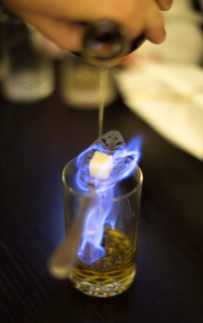
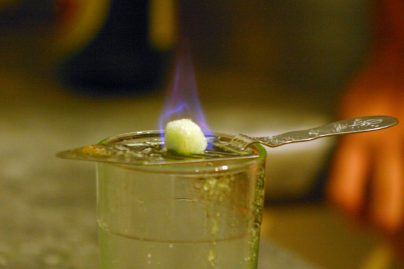
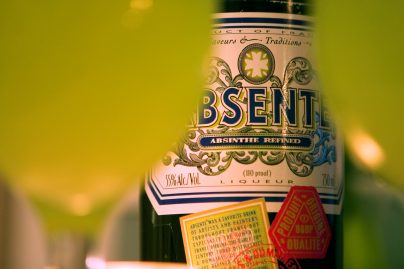
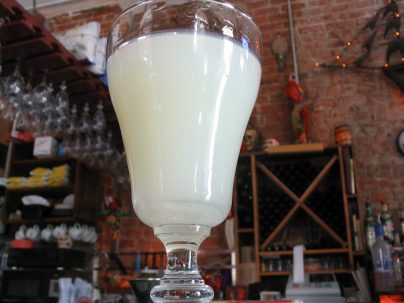
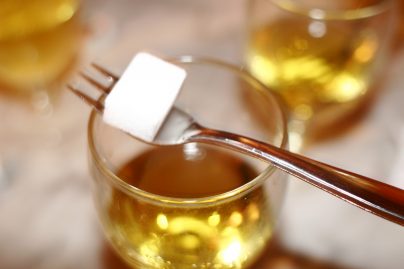
Comments